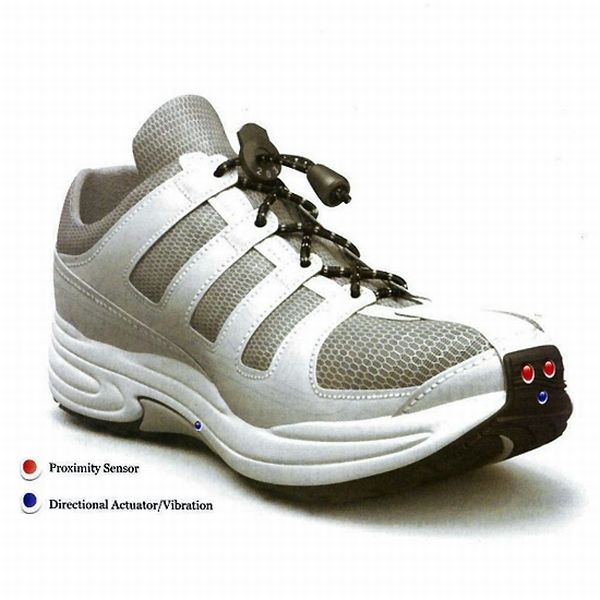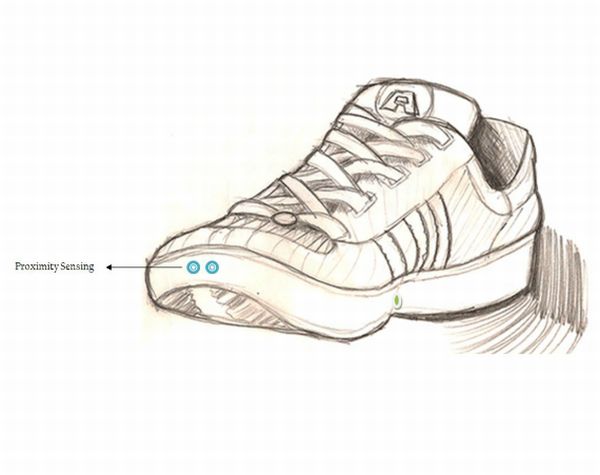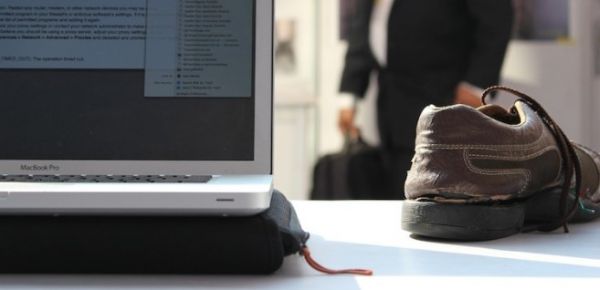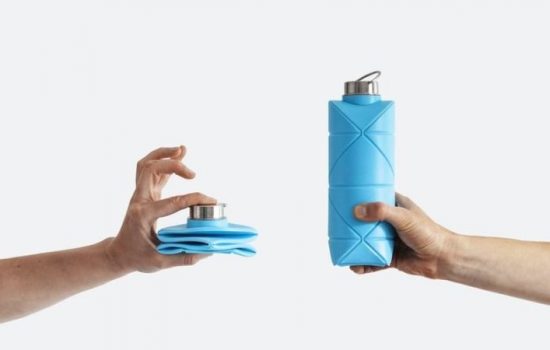Le Chal bring together smartphone technology and innovative shoes to help the visually challenged
The most meaningful technological innovations are those that go beyond proving to be descent accessories or fancy gadgets. They are the once that help those in need and even if they can change a few lives for the better, then the purpose of the technological breakthrough is served. Currently being developed by Ducere Technologies and pioneered by Anirudh Sharma, an information technology engineer from India, the ‘Le Chal’ shoes are one of those that could significantly alter and improve the quality of life for the visually challenged. Translating to ‘Take along’, the shoes are a smart combination of the modern handheld device revolution and simple sensors that guide ones way.
The idea, at the heart of it all is, very uncomplicated and that is why one feels that this is a technology which could be pretty successful. All one needs to do is enter the destination of choice in a smartphone or a tablet that the own through a voice command. This combined with the Google Map service will send out the signals to the tiny vibrators strategically placed in the shoe. By recognizing the vibration patterns, one can simply take the path to the desired destination. This will of course not just require Google Maps and the shoes, but a co-ordinate GPS system as well.
The idea is truly commendable and one of the worst things about a disability is the way you have to depend on others at times. The Le Chal shoes try and cut down this dependence. The shoes also come with in-built sensors at the front, which would emit and receive sound waves that will notify the wearer of any obstacles that are ahead at a distance of 3 meters. That seems to work pretty much like how both bats and dolphins use a sonar system to navigate. Just that in this case it is technology doing all the steering. The design team hopes to price the shoes at around $20 so that they are easily affordable. A project we would love to see turn into commercial reality at the earliest
Via: postscapes





